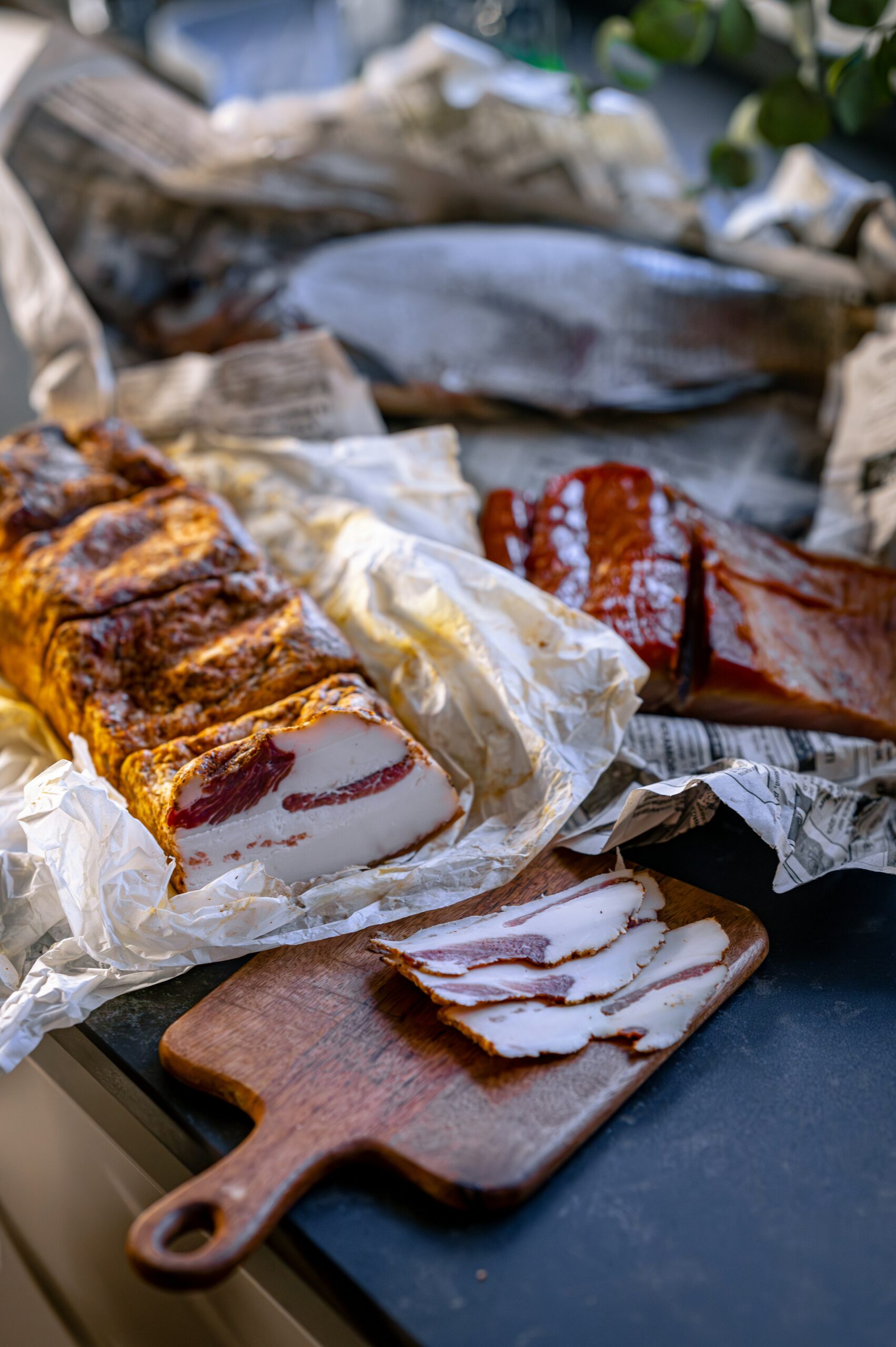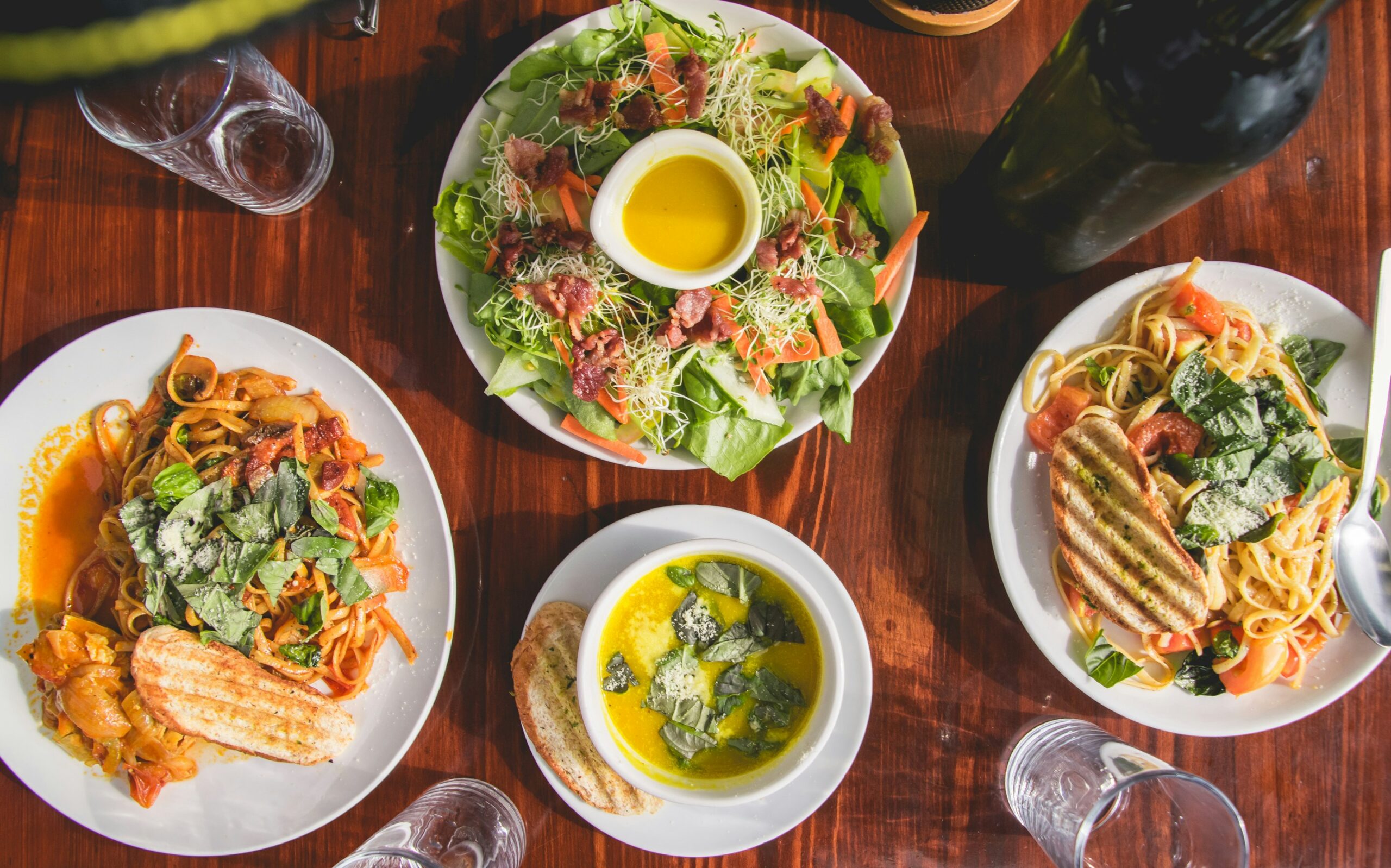Savoring Tradition: A Journey Through Timeless Family Recipes
It’s often said that food is the universal language, bridging generations and cultures. But what happens when you dive deeper, peeling back the layers of rich flavors to discover the stories behind beloved family recipes? For many, these culinary treasures hold more than just taste; they encapsulate memories, traditions, and the essence of family gatherings. Join me as we explore the significance of timeless family recipes, their role in shaping our identities, and how they connect us to our roots.
The Family Table: Where Memories Are Made
From the crisp air of autumn to the bustling warmth of summer barbecues, family gatherings are often centered around the table. As I sit back and reflect on my own experiences, I can’t help but recall the lively conversations that danced around my grandmother’s kitchen—a place where culinary magic happened. Her secret? A handful of love and a dash of laughter mixed in with every dish.
Many people find that the family table becomes a sacred space, rich with history. It’s where recipes are handed down, often shared in whispers or written in well-loved cookbooks. According to a survey conducted by the Food Institute, nearly 70% of Americans believe that family recipes are integral to cultural identity. This statistic resonates deeply, as I think about my own family’s traditions—each meal a chapter in our story.
The Stories Behind the Recipes
Each family recipe carries a narrative, often tied to specific moments in time. Perhaps it’s the recipe for your great-grandfather’s chili, which he perfected while trying to keep warm during a harsh winter, or your aunt’s famous apple pie, which was the centerpiece of every Thanksgiving dinner. These stories not only enhance the flavors but create a bond between generations.
Take, for instance, the classic Italian dish of lasagna. It’s more than just layers of pasta, cheese, and sauce; it’s a celebration of family unity. “Every Sunday, my Nonna would prepare lasagna for the entire family,” recalls Marco, a friend of mine who proudly shares his heritage. “It was our way of coming together after a long week. The smell would fill the house, inviting everyone to gather.” This sentiment echoes through many families, showcasing how food acts as a catalyst for connection.
Preserving Culinary Heritage
In an age where fast food and convenience often overshadow traditional cooking, the importance of preserving culinary heritage cannot be understated. Many families are now making a conscious effort to pass down recipes, ensuring that future generations appreciate the cultural significance behind their favorite dishes. But how do we preserve these cherished recipes in a world that’s constantly evolving?
Documenting the Legacy
One approach is to document family recipes, either in handwritten cookbooks or digital formats. I once attended a family reunion where we collectively compiled our family recipes into a beautifully bound book. Each recipe was accompanied by a short story, allowing us to relive those precious moments while cooking. The joy of flipping through the pages—filled with a mix of typed text and handwritten notes—brought a sense of nostalgia that no digital app could replicate.
Moreover, social media platforms have become a modern-day scrapbook for sharing recipes and culinary traditions. Families can post their favorite creations, tagging relatives and inviting them to share their interpretations. This communal approach fosters a sense of belonging and keeps the spirit of these recipes alive, even if the original chefs are no longer at the stove.
Modern Twists on Timeless Classics
While tradition holds a special place in our hearts, innovation in the kitchen is equally important. Chefs and home cooks alike are experimenting with age-old recipes, adding contemporary twists that reflect today’s tastes and dietary preferences. But this raises a question: When does a recipe cease to be traditional and become something entirely new?
Fusion Cuisine: A New Era of Cooking
Fusion cuisine has emerged as a popular trend, blurring the lines between cultures. Imagine a taco filled with Korean barbecue or a sushi roll infused with Mediterranean flavors. These creative adaptations not only celebrate diversity but also allow for personal expression in the kitchen. However, purists may argue that such transformations stray too far from the original intent of the dish.
Take the beloved spaghetti carbonara, for example. Traditionally made with guanciale, eggs, Pecorino Romano cheese, and black pepper, it has seen variations that include everything from mushrooms to plant-based substitutes. While some might roll their eyes at the thought of “vegan carbonara,” others embrace it as a way to accommodate changing dietary needs while still paying homage to the original recipe.
Cooking as a Form of Love
At its core, cooking is an act of love. Whether you’re preparing a feast for a holiday gathering or whipping up a simple weeknight dinner, the effort put into creating a meal speaks volumes. As my mother always said, “The secret ingredient is love.” It sounds cliché, but I’ve found it to be undeniably true—especially when I see my own children eagerly awaiting their plates filled with familiar flavors.
Sharing Recipes: A Way to Connect
Sharing recipes can become a way to connect with family and friends, creating a sense of community that transcends the kitchen. I remember a summer barbecue where we encouraged guests to bring a dish that represented their family heritage. The spread was a beautiful tapestry of flavors—each dish telling its own story. From spicy jerk chicken to creamy potato salad, it was a reminder of how food brings us together, even amidst our differences.
Moreover, sharing recipes with younger generations can instill a sense of pride in one’s heritage. Teaching children how to cook family recipes fosters appreciation for their roots and encourages them to carry on the tradition. I often find my son flipping through my grandmother’s handwritten recipes—his curious eyes lighting up as he discovers the stories behind each dish.
The Culinary Time Capsule: Recipes from Around the World
Throughout history, recipes have acted as culinary time capsules, preserving flavors and techniques that define cultures. Many of these recipes have survived the test of time, passed down through generations, often becoming staples in households around the world. Let’s take a closer look at some iconic family recipes from various cultures, highlighting their unique significance.
Mexican Mole: A Rich Tapestry of Flavors
Mole is a quintessential Mexican dish that often takes center stage during celebrations. With its complex flavors and lengthy preparation process, it embodies the essence of family cooking. “Making mole is a tradition in my family,” shares Rosa, a culinary enthusiast. “We spend hours grinding spices and toasting ingredients, all while sharing stories and laughter.” The result is a rich, complex sauce that pairs beautifully with chicken or enchiladas—a true labor of love.
Indian Biryani: A Festive Delight
In Indian households, biryani represents celebration and togetherness. The fragrant rice dish, often layered with marinated meat, spices, and herbs, is a staple at weddings and festivals. “It’s not just about the food; it’s about the process,” explains Anisha, who has learned the intricacies of her family’s biryani recipe. “Everyone gets involved, from marinating the meat to layering the rice. It’s a beautiful way to bond.”
Jewish Challah: Bread of Life
Challah, the traditional Jewish bread, is often braided and served during Shabbat and holidays. For many families, the act of baking challah is a sacred ritual. “My mother taught me how to braid the dough when I was just a child,” says David, reflecting on his family’s tradition. “We’d gather around the kitchen table, each taking turns weaving our strands together. It’s a reminder of our faith and unity.”
Challenges of Keeping Traditions Alive
Despite the beauty of family recipes, challenges abound in keeping these traditions alive. Modern lifestyles, busy schedules, and even geographical distances can make it difficult for families to gather and cook together. In an era where convenience often trumps time-honored practices, how do we ensure that these recipes don’t fade into obscurity?
Time Constraints and the Rise of Convenience Foods
With the fast pace of life today, many families resort to convenience foods, sacrificing quality and tradition for expedience. “I love my mother’s lasagna, but honestly, I don’t have the time to make it from scratch,” confesses Lisa, a busy working mom. “I often find myself reaching for frozen meals instead.” This sentiment is echoed by many, highlighting the struggle to balance work, family, and culinary heritage.
However, this doesn’t have to be the end of tradition. With some creativity, families can adapt recipes to fit their schedules. For instance, preparing meals in advance or choosing simpler versions of complex recipes can help preserve the essence of family cooking without the time commitment that traditional methods often require.
Celebrating Food: A Journey Worth Taking
As we navigate the complexities of modern life, one thing remains clear: food has an incredible power to connect us. Whether it’s a cherished family recipe or a new culinary adventure, every dish we create carries a piece of our history. It’s a journey worth taking, filled with flavors, stories, and the warmth of shared experiences.
Finding Joy in the Process
In closing, I urge you to embrace the process of cooking, whether you’re following a family recipe or creating your own masterpiece. Invite your loved ones into the kitchen, share stories, and experiment with flavors. You never know; you might just stumble upon a new family favorite that will be passed down for generations to come.
So, the next time you gather around the table, take a moment to appreciate the dishes before you. Each bite is a reminder of the love, history, and tradition that has shaped your family’s culinary journey. And who knows? You may find that the best recipes are the ones yet to be created.




